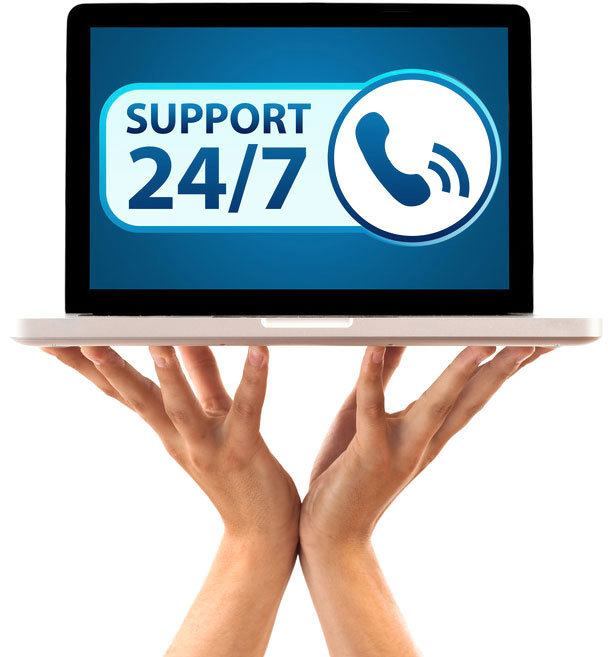How Much Does Business Downtime Cost?

If IT support isn’t available round the clock, then you can barely call it support. Because of the nature of IT problems, responding to a situation a day or two later just isn’t good enough. Businesses have to move along with their operations and they can only do so if they receive IT support immediately. […]
Types of Computers: From the Stationary Desktop to Mobile Technology

History shows that the types of computers available have evolved quickly in just the last decade than they have in the entire history of the computer. Ever since the computer’s earliest days, the intention has always been that we’d be forever tied down to a desk when working on one. Now it’s strictly a personal […]
Take your business to the next level with IT consulting

There are many signs and traits that indicate that it’s time to quit working for someone else. It’s time to start building your own business. A recent article from Entrepreneur stated this. Included in those are the notions that you’re a born leader. Additionally, a thrill seeker who is ready to break free and do […]
Accessible IT Service : It’s Crucial to a Company’s Success
It’s 5:30pm in downtown Fort Lauderdale, and your team is down to the wire… putting the finishing touches on the presentation for the new client you’re aiming to land first thing in the morning. The team has worked tirelessly for the last two weeks and they’re ready to win big. There’s already talk of where […]
Information Security and Disaster Recovery : How to Protect Your Business From Mother Nature
For many businesses, large or small, technology has been proven to boost productivity and make processing information easier and easier. And for many businesses, this reliance on tech can make facing a natural disaster a rude awakening. In Florida, where our main headquarters is located, these natural disasters usually consist of category 3+ hurricanes with […]

